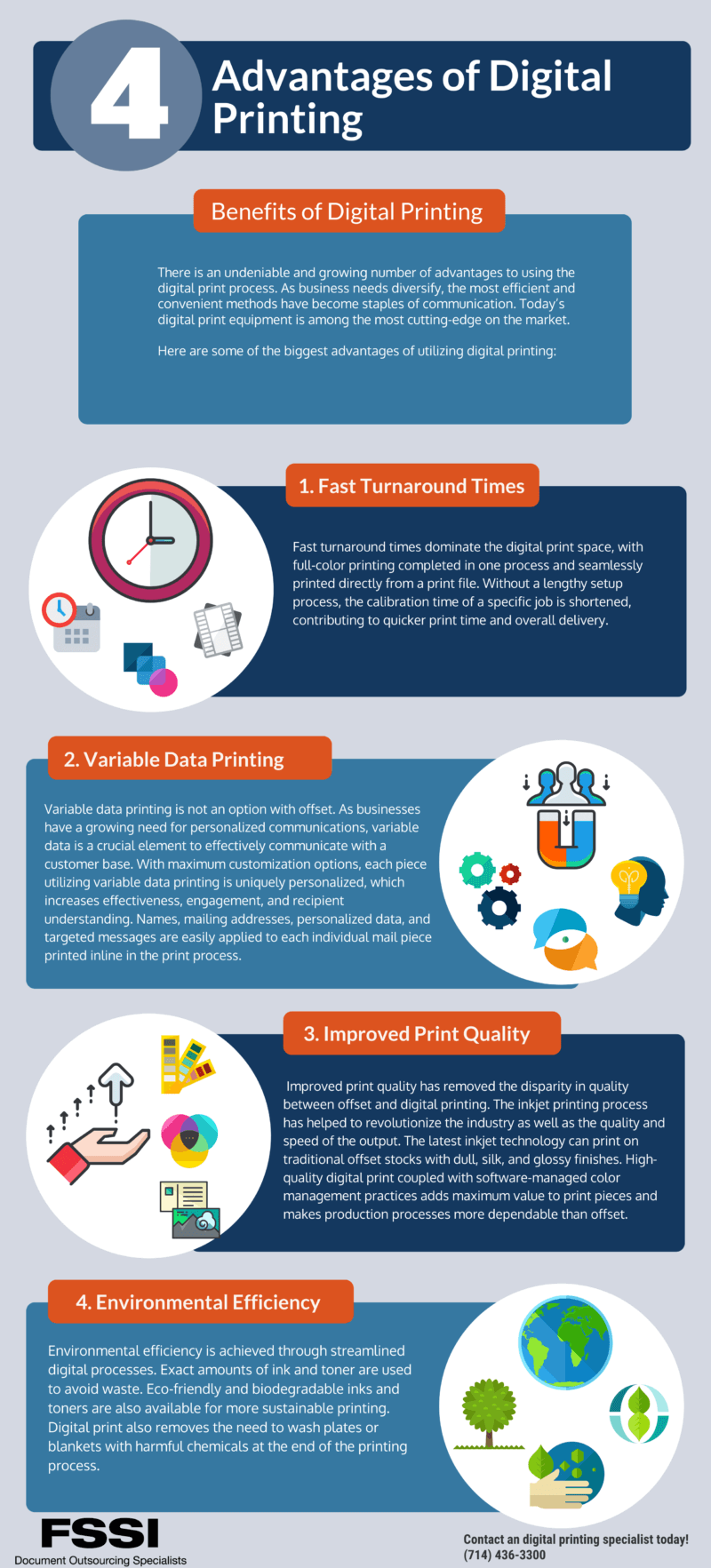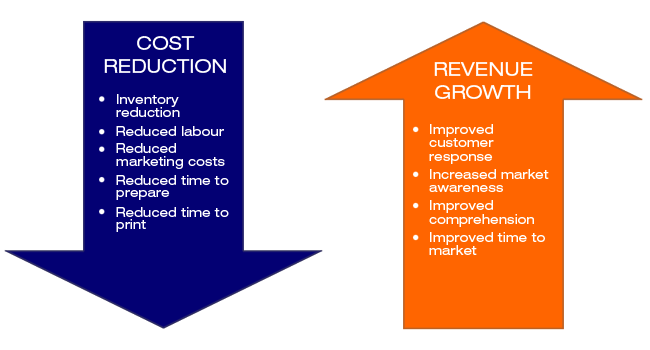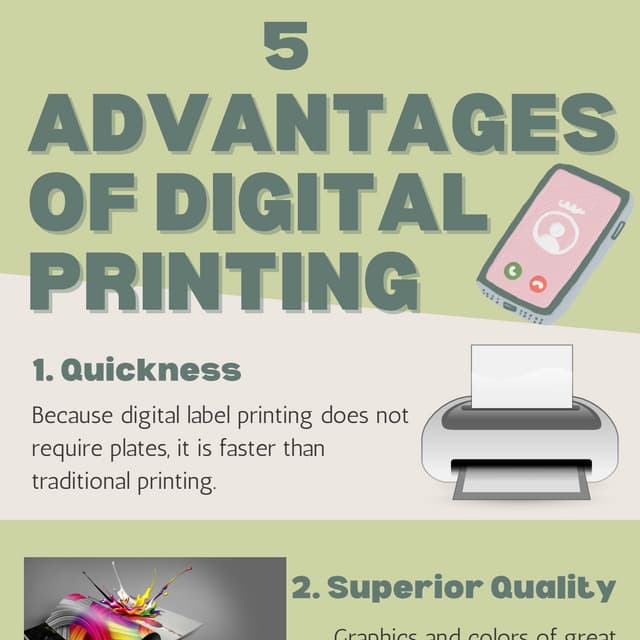The Ultimate Guide To Digital Printing
The Ultimate Guide To Digital Printing
Blog Article
Digital Printing Things To Know Before You Get This
Table of ContentsHow Digital Printing can Save You Time, Stress, and Money.The smart Trick of Digital Printing That Nobody is Talking AboutThe smart Trick of Digital Printing That Nobody is DiscussingWhat Does Digital Printing Mean?The 9-Minute Rule for Digital PrintingThe Ultimate Guide To Digital Printing
Variable data printing, such as straight mail with customized codes and addresses, is ideally fit for electronic printing. Digital fast printing only requires four actions of design, testimonial, printing and binding to obtain everything done. Digital quick printing has an unmatched benefit: print on need.According to PMMI, electronic printing allows brand names and manufacturers to react rapidly to consumer needs while improving the supply chain, decreasing warehousing price and waste, and enjoying faster time to market. That all sounds excellent, but how does this technology do all that? The significant differentiator of these technologies is that there are no set-up fees and no plates with digital printing.
The Ultimate Guide To Digital Printing
According to Wikipedia, the best difference between electronic printing and traditional approaches such as lithography, flexography, gravure, or letterpress - Digital Printing is that there is no need to change printing plates in electronic printing, whereas in these analog printing techniques the plates are continuously changed. This results in quicker turnaround time and reduces expense when making use of electronic printing.
Digital printing is very adaptable, so it's simple to make adjustments to the bundle style promptly. It all goes back to the plates.
With traditional printing methods, short-run printing is simply not feasible. Since an excellent design can make or damage your item, electronic printing continually creates high-grade, clear and vibrant graphics each time.
Digital printing is the process of printing digital-based images directly onto a variety of media substratums. There is no demand for a printing plate, unlike with countered printing. Digital documents such as PDFs or desktop computer publishing documents can be sent directly to the digital printing press to print theoretically, photo paper, canvas, textile, synthetics, cardstock and various other substrates.
7 Simple Techniques For Digital Printing
According to PMMI, electronic printing permits brand names and manufacturers to react quickly to consumer needs while enhancing the supply chain, lowering warehousing expense and waste, and enjoying faster time to market. That all audios wonderful, however how does this innovation do all that? The significant differentiator of these technologies is that there are no set up costs and no plates with electronic printing.
According to Wikipedia, the site greatest difference in between electronic printing and conventional methods such as lithography, flexography, gravure, or letterpress is that there is no need to change printing plates in electronic printing, whereas in these analog printing techniques home plates are continuously replaced. This leads to quicker turn-around time and reduces cost when utilizing digital printing.

Getting My Digital Printing To Work
Extra supply can imply even more waste later on. With traditional printing techniques, short-run printing is just not possible. Due to the fact that an excellent style can make or break your product, digital printing consistently develops high-quality, clear and vivid graphics each time. Digital printing on flexible pouches adds the brilliant, vibrant, and precise graphics that virtually bid customers to connect and touch them.

According to PMMI, digital printing enables brand names and suppliers to respond swiftly to client demands while boosting the supply chain, lowering warehousing expense and waste, and enjoying faster time to market. That all audios wonderful, but exactly how does this modern technology do all that? The significant differentiator of these technologies is that there are no set-up costs and no plates with digital printing.
The Main Principles Of Digital Printing
This results in quicker turnaround time and decreases cost when using digital printing.
Fast manufacturing indicates getting your item to market quicker. It additionally suggests it's much easier and faster to make modifications in the future, when you transform a recipe, add a SKU, or develop seasonal packaging. Digital printing is very versatile, so it's important source simple to make adjustments to the package layout swiftly. All of it goes back to the plates.

Digital Printing Fundamentals Explained
Digital printing is the process of printing digital-based images straight onto a range of media substrates. There is no requirement for a printing plate, unlike with balanced out printing. Digital data such as PDFs or desktop posting documents can be sent straight to the electronic printing machine to print on paper, image paper, canvas, material, synthetics, cardstock and various other substratums.
Report this page